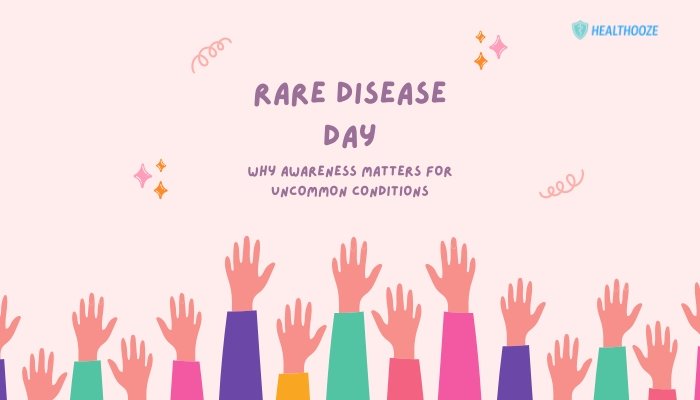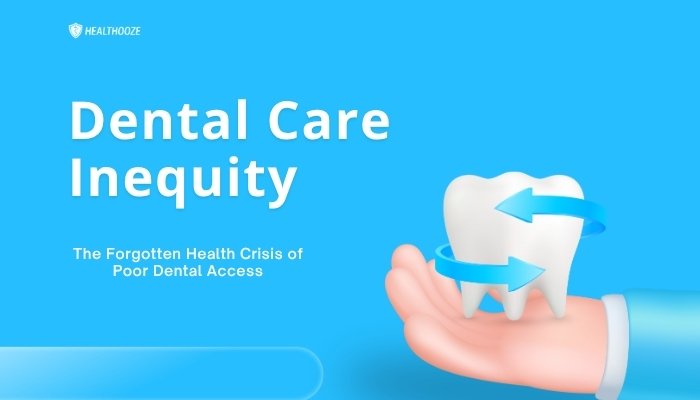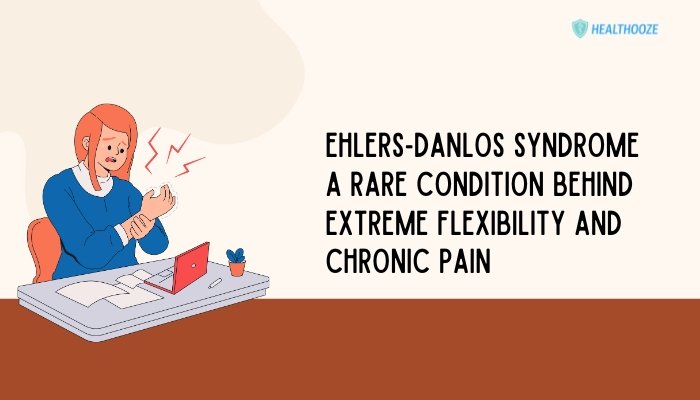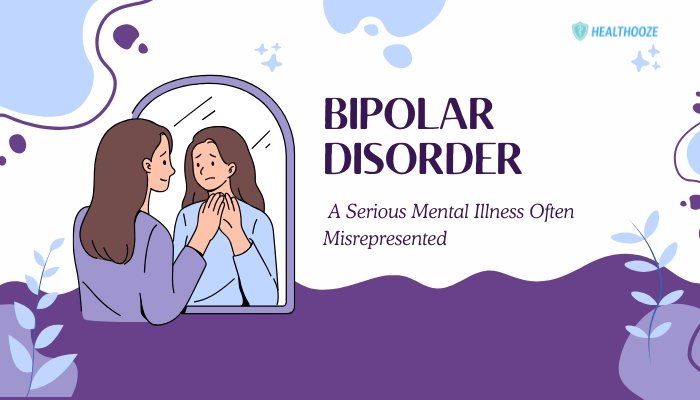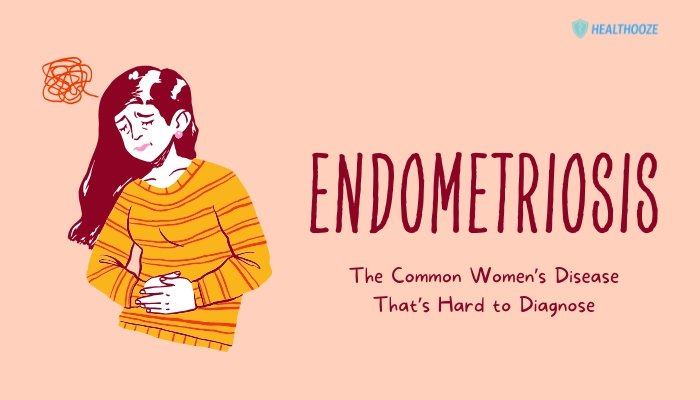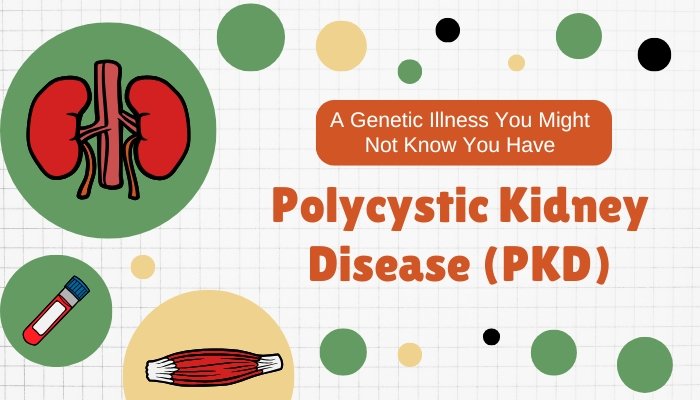Introduction
For many living with uncommon illnesses, a diagnosis can bring more questions than answers, with treatments often elusive and mainstream conversations largely absent. Rare Disease Day is observed each year to spotlight these lesser-known disorders, uniting patients, families, and advocacy groups worldwide.
While a single rare disease may affect only a few thousand—or even just a handful—collectively, rare conditions impact tens of millions globally. Each of these individuals faces unique medical and social hurdles, frequently undergoing lengthy diagnostic journeys and grappling with limited research, specialized care, and public understanding.
This article delves into why Rare Disease Day stands as a pivotal moment on the global health calendar.
By heightening visibility, prompting research, and building community solidarity, it illustrates how even minor steps in awareness can lead to monumental improvements for those affected by conditions that are anything but “rare” in emotional impact.
Defining Rare Disease and Its Global Scope
What Is a Rare Disease?
A disease is often classified as “rare” if it affects only a small fraction of the population—commonly fewer than 200,000 people in the United States, or fewer than 1 in 2,000 in Europe. While each condition may be individually uncommon, collectively, rare diseases encompass thousands of disorders, from genetic syndromes to rare cancers, impacting hundreds of millions worldwide.
Fragmented Knowledge, Sparse Resources
Because these conditions typically have low patient counts:
- Research Funding Gaps: Pharmaceutical or biotech companies might overlook them due to smaller commercial incentives, although orphan drug legislation tries to rectify this.
- Fewer Specialists: General practitioners may never encounter certain rare diseases, leading to delayed or incorrect diagnoses.
- Patient Isolation: Physical distance between scattered patients and specialists fosters loneliness and logistical challenges in care.
Rare Disease Day exists largely to highlight these shortages, championing policy changes, research impetus, and the moral argument that no group should be neglected based on numbers.
Origins and Purpose of Rare Disease Day
Founding and Growth
The advocacy organization EURORDIS (European Organisation for Rare Diseases) launched Rare Disease Day on February 29, 2008—a “rare” date itself (leap day). In subsequent years, it has been observed on the last day of February, whether or not it’s a leap year. The event has transcended its European roots, now encompassing over 100 countries with local activities ranging from informational booths to global social media campaigns.
Key Goals
- Raising Awareness: Encouraging the public, healthcare providers, and policymakers to grasp the prevalence and severity of rare illnesses.
- Supporting Patients: Providing a visible platform to connect individuals who may otherwise feel alone in their health journey.
- Spurring Research: Demonstrating market demand for new therapies and galvanizing philanthropic or governmental funding to study lesser-known diseases.
- Policy Change: Lobbying for legislative frameworks that safeguard patients’ access to specialized care, facilitate faster drug approvals, or enhance cross-border collaboration.
Why Date Matters
Coinciding with the last day of February underscores the “rareness” of these conditions and fosters a consistent annual milestone. Each year’s theme or motto spotlights a particular angle: from bridging research to encouraging inclusion in healthcare decisions.
The Impact of Rare Disease Day
Bridging Knowledge Gaps
Public-facing campaigns reduce the invisibility that rare disorders often face. Interviews, educational materials, or personal testimonies teach not only the disease’s name but also the hopes and challenges that come with it. Heightened awareness nudges primary care doctors, teachers, or community workers to consider rare diagnoses in puzzling situations.
Driving Research Momentum
As patient advocacy organizations and researchers hold events or release new data on Rare Disease Day, it stirs interest among academics and biotech firms. In the past, these campaigns have led to:
- Crowdfunding for Trials: Small patient groups or nonprofits harness the day’s attention to fund pilot studies or preclinical research.
- Networking: Scientists learn about resources or potential collaborators focusing on the same genes, protein pathways, or families of disorders, fueling synergy.
Empowering Patients and Families
Attendees of Rare Disease Day gatherings discover they are not alone. Meeting or reading stories of individuals with similar challenges can alleviate psychological stress and foster a sense of camaraderie. Empowerment extends to self-advocacy—encouraging patients to speak confidently about their needs and unite to request changes in local healthcare policy.
Challenges Rare Disease Day Shines Light On
Diagnostic Delays
Patients often refer to the “diagnostic odyssey,” taking years to find a name for their condition. Doctors can be unfamiliar with these diseases, or symptoms can mimic those of more common ailments, leading to repeated misdiagnoses or inconclusive tests.
Access to Treatments
Because of scarce research and small patient populations:
- High Cost of Orphan Drugs: Treatments targeting a micro-population may come at extremely elevated prices, with coverage often uncertain.
- Geographical Barriers: Specialists or trial sites might be located far away, requiring travel that’s financially or physically burdensome.
Psychosocial Implications
Families can face considerable emotional toll: caring for a child or relative whose condition lacks a standardized care pathway. Social stigma arises when peers cannot grasp the disease’s seriousness, or question visible mobility aids or frequent medical leaves.
Ways to Get Involved
Educate and Advocate
- Share Stories: From personal blog posts to short videos, hearing a patient or caregiver’s perspective can clarify the real human impact of a “rare” illness.
- Contact Officials: Writing letters or participating in local government forums fosters policy improvements, such as better insurance coverage or respite care programs.
Attend or Host Events
Local events or digital gatherings on Rare Disease Day might include:
- Fundraising Walks: These can support research labs or help families offset treatment costs.
- Conferences/Webinars: Experts explain the latest in genetics, therapy breakthroughs, or patient-centric care.
Support Research Efforts
- Clinical Trial Participation: For eligible patients, volunteering in a trial not only offers potential personal benefits but also paves the way for new treatments.
- Donations: Contributing to medical foundations or nonprofits specifically championing orphan conditions accelerates research and community services.
Offer Practical Help
- Local Volunteering: Provide respite care for caregivers, or transport to specialized clinics.
- Social Media Amplification: Repost or share official Rare Disease Day information, urging your network to learn about lesser-known disorders.
Future Outlook
Innovations in Genomic and Personalized Medicine
Modern gene editing (CRISPR), personalized vaccines, or advanced molecular diagnostics might drastically reduce time to diagnosis and open targeted treatments—even for extremely rare diseases. As technology improves, cost barriers may decline, enabling more equitable access.
Global Collaboration
Public-private partnerships bridging countries foster synergy in both data collection and therapy development. By pooling the experiences of small cohorts scattered worldwide, researchers can expedite understanding and create life-changing breakthroughs.
Ongoing Advocacy
Rare Disease Day’s growth signals a continuing shift toward greater empathy, legislative recognition, and adequate funding for neglected conditions. Many believe that eventually all forms of serious illness, regardless of prevalence, will receive the research and healthcare attention they merit.
Conclusion
Rare Disease Day underscores that an illness affecting just a few hundred or thousand people still demands our collective attention, compassion, and resources. For those living with or caring for someone who has a rare genetic disorder, every step forward—whether diagnosing earlier, discovering specialized treatments, or obtaining better insurance coverage—can transform a family’s life. While no single event solves all challenges, the conversations sparked on Rare Disease Day open doorways for empathy, scientific collaboration, and policy changes. By standing with the rare disease community throughout the year, we affirm the principle that every life is valued, every condition matters, and no one should endure medical isolation in silence.

